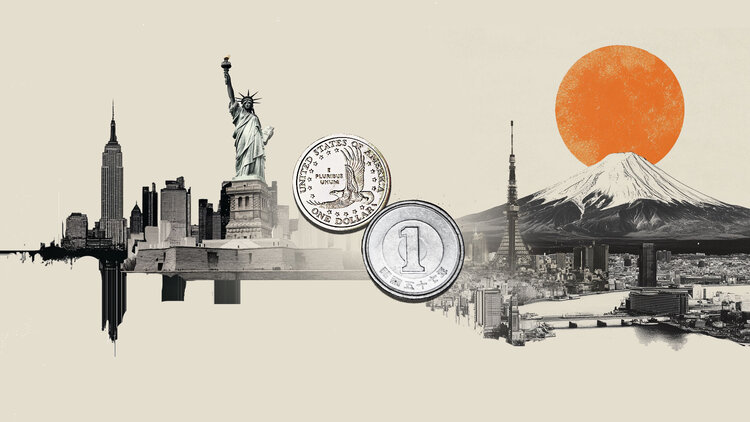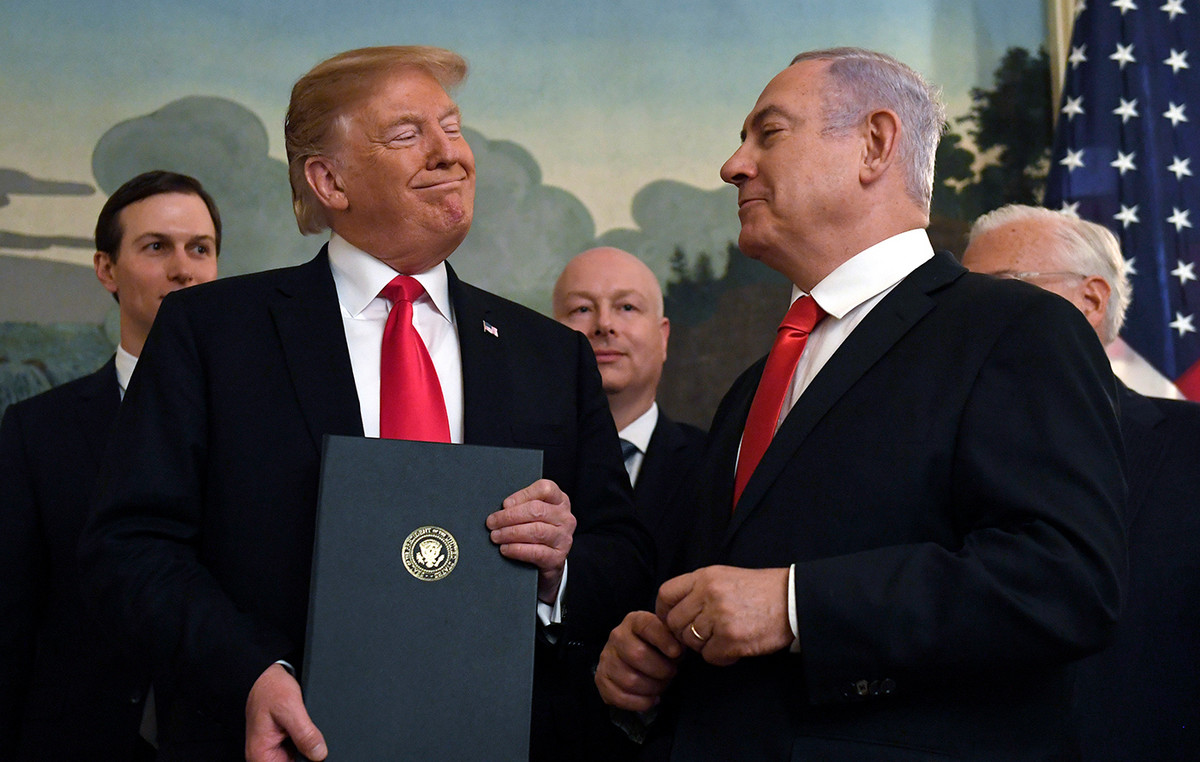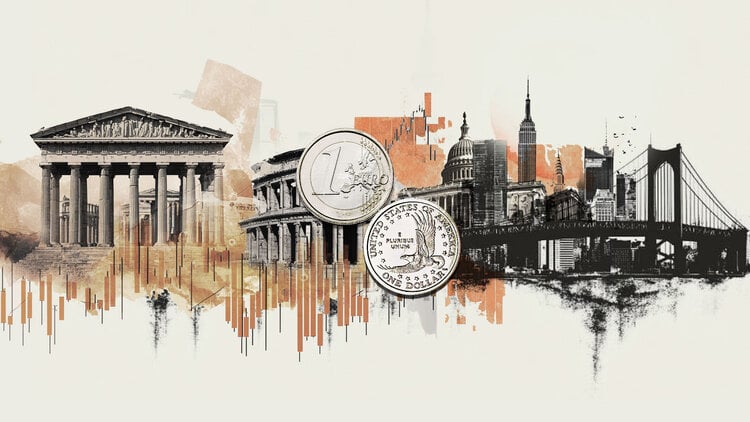The main stock indices on Wall Street are moving with mixed signs and strong fluctuations on Friday, with investors evaluating the quarterly results of large banking groups, which were announced earlier today.
On the dashboard, the industrial Dow Jones “loses” 192.51 points or 0.53%, with the widest S&P 500 to record losses of 0.82 units or 0.02%, while the technological Nasdaq records an increase of 72.5 points or 0.49%.
Banking stocks, which have been showing strong uptrends lately, in a climate of rising interest rates, are moving with mixed signs, despite the strong results they recorded.
JPMorgan Chase, the first US bank in terms of assets, exceeded analysts’ estimates in terms of both revenue and profits, but its share fell by about 6%. Its CFO, Jeremy Barnum, warned, however, that the company was unlikely to meet a significant profit target it had set for the next two years.
Citigroup shares lost about 3%, with the bank gaining strong revenue but falling 26% in terms of profits.
On the other hand, the share of Wells Fargo “adds” 1.3%, after the better-than-expected course of its earnings. Its CEO, Charles Scharf, noted that the demand for loans revived significantly in the second half of 2021.
Macroeconomic mantas do not help the climate, as both US retail and industrial production fell in December, contrary to analysts’ more optimistic estimates.
Casino stocks are up sharply, with Las Vegas Sands jumping 12.5% and Wynn Resorts gaining 6.6%.
The leap comes after the decision of the government of semi-autonomous Chinese Macao to allow a total of just six casino licenses in the city. The companies whose shares are soaring are already operating in Macau, which is a “paradise” for gambling.
BlackRock shares fell slightly, as it exceeded analysts’ estimates for earnings, but “lost” their earnings forecasts.
On Thursday, a number of officials of the US Federal Reserve, the Federal Reserve, stressed in their statements that they expect the start of interest rate hikes from March. Speaking to the Senate during the ratification process of her appointment as Vice-Chair of the Fed Monetary Policy Committee, Lael Brainard said interest rate hikes were coming, while Philadelphia Fed Chairman Patrick Harker told CNBC that “we need to take action. action against inflation “and predicted at least three interest rate hikes in 2022.
Of the 30 Dow shares, 9 are positive and 21 are negative. The profits are led by those of Visa, Microsoft, Salesforce, while those losses of JP Morgan, American Express and Walt Disney.
Macro
Dived by retail sales in the US in December, as consumers found themselves facing the latest wave of the coronavirus pandemic and while market shortages continued due to disruptions in global supply chains.
In particular, retail sales fell 1.9% in December after a small increase of 0.2% in November, according to the US Department of Commerce. Analysts expected retail sales to remain unchanged, according to a Reuters poll.
Analysts estimate that the decline in sales is likely to continue in January as the rapid increase in cases due to the micron restricts the movement of consumers to places such as restaurants and bars.
Excluding cars, gasoline sales, building materials and catering services, sales fell 3.1%, according to government figures.
THE production in American factories, moreover, declined unexpectedly in December, with a weight reduction in production in car factories in the midst of the continuing global shortage of semiconductors, as writes the Reuters agency.
In particular, production fell 0.3% in December after rising 0.6% in November, the US Federal Reserve (FED) announced on Friday. Economists polled by Reuters forecast a 0.5% increase in factory output. On a yearly basis, production increased by 3.5% in December.
Manufacturing, which accounts for 11.9% of the US economy, is still supported by low business inventories, as demand for goods remains strong. But the coronavirus and the pandemic recovery have disrupted supply chains, boosting inflation.
Production increased at an annual rate of 4.9% in the fourth quarter, after an increase of 4% in the third quarter.
Production at car factories fell 1.3% in December after rising 1.7% in November. Vehicle production is about 6% lower than the 2021 level.
Last month’s decline in manufacturing output combined with a 1.5% drop in utilities pushed industrial production down 0.1%, after rising 0.7% in November.
Industrial production increased at a rate of 4% in the fourth quarter, after an increase of 3.5% in the third quarter.
.
I am Sophia william, author of World Stock Market. I have a degree in journalism from the University of Missouri and I have worked as a reporter for several news websites. I have a passion for writing and informing people about the latest news and events happening in the world. I strive to be accurate and unbiased in my reporting, and I hope to provide readers with valuable information that they can use to make informed decisions.







